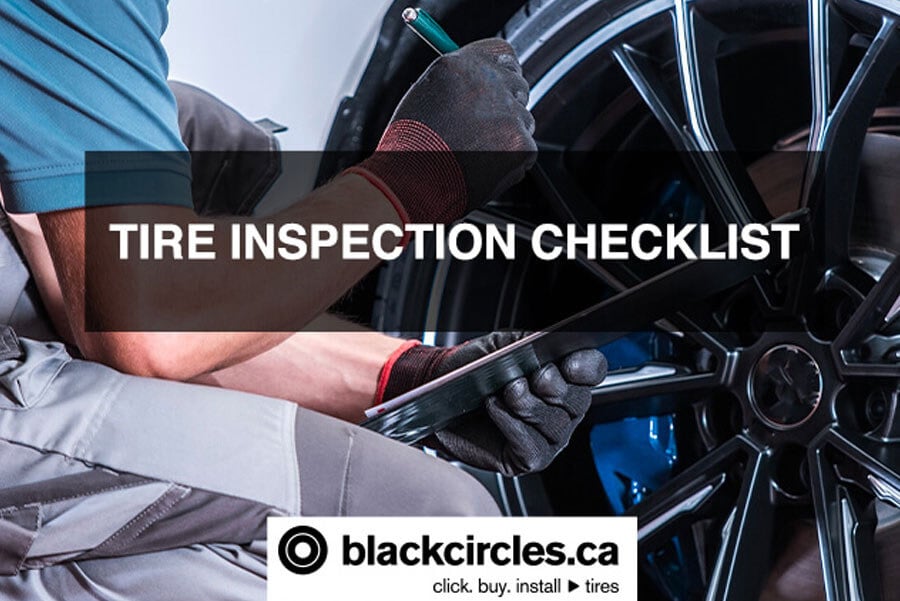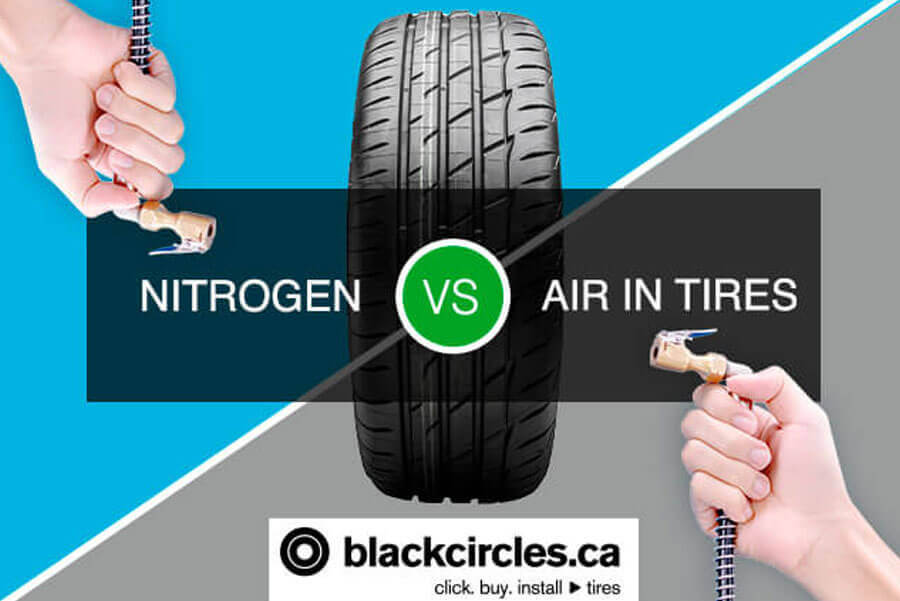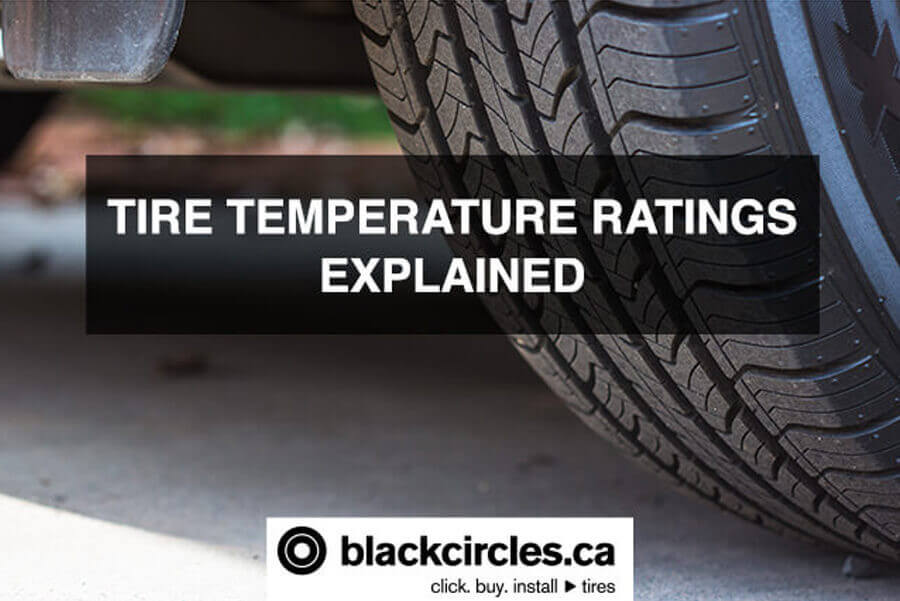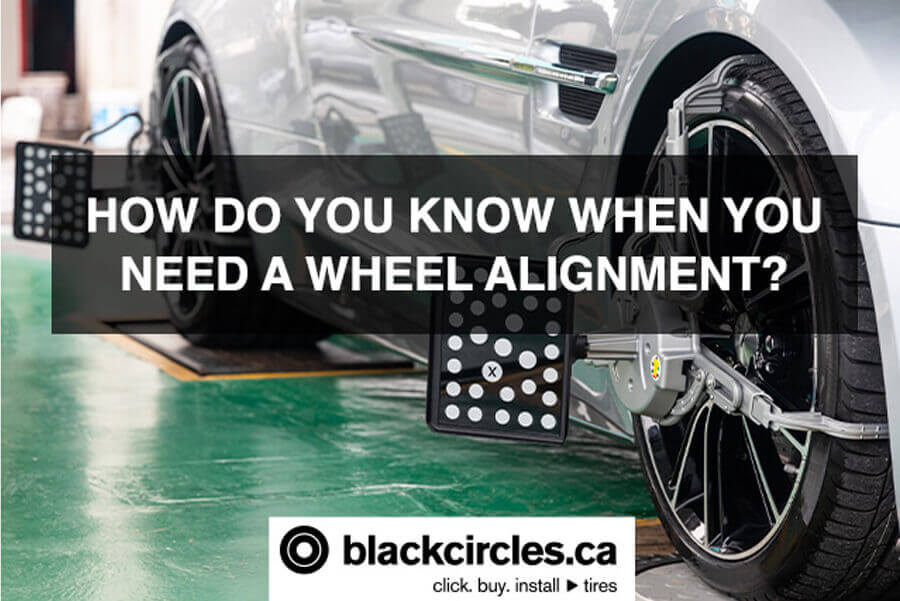Tires are one of the most important pieces of safety equipment on your vehicle and ensuring the safety of your car or truck should be one of your main responsibilities as a driver. And, if you have recently bought a new set of tires, or are currently in the market, then tires can also represent a significant investment in terms of money.
Just like looking after a new car, boat or RV – to ensure you get the most out of your tires, and confirm your investment – you need to take care of them. While it might not seem as fun as working on your car, looking after your tires can provide you the peace of mind that they are maintained and safe, and you can prolong your investment by making sure they are in good repair. While each tire comes with its own brand promises and tire warranty, if you put in the work to look after your tires, you will reap the benefits.
Tire inspection Checklist
To help you ensure your safety and prolong the life of your tires, we have created this tire inspection checklist to help you check tire condition. Items that need to be looked at during tire inspections include checking tire tread depth, checking tire pressure and being aware of visible signs of damage such as tire bulges or sidewall damage. It’s also useful to understand what all the numbers and letters on your sidewall mean, as this can provide you with a lot of information about your tires.
Below, we outline some basic points of home tire inspection tips if you want to know how to inspect tires for wear that are simple and easy to follow, to ensure you get the most out of your tires.
Tire Tread Depth
One main item to have on your tire inspection checklist is to check your tire tread depth. You can do this with a tire tread gauge, or the simpler way is to use a coin such as a dime or quarter. If you insert the dime into your tire tread grooves and you can still see all of the Canadian monarch – or the tip of the Moose’s nose if you use a quarter – then your tread is beginning to wear down and it is time to think of buying replacement tires. Generally, any tire tread that is 4/32” or less is ready to be replaced.
Tire Pressure
It’s good to understand what to look for when you visually inspect your tires, which should be done frequently. If you look at your tires and notice a tire bulge or tire sidewall damage, do not ignore these signs. This type of damage to your tires can be caused by a puncture, or by driving over a curb or scraping a hard surface. This kind of damage should be looked at by a tire repair store or auto mechanic. If you leave issues such as bulges and major scratches unchecked, you could find yourself in an unsafe situation and/or in need of buying a new tire.
Visual inspection
It’s good to understand what to look for when you visually inspect your tires, which should be done frequently. If you look at your tires and notice a tire bulge or tire sidewall damage, do not ignore these signs. This type of damage to your tires can be caused by a puncture, or by driving over a curb or scraping a hard surface. This kind of damage should be looked at by a tire repair store or auto mechanic. If you leave issues such as bulges and major scratches unchecked, you could find yourself in an unsafe situation and/or in need of buying a new tire.
DOT Tire Inspection
You can learn a lot about your tires by knowing how to read the DOT numbers that are printed on the sidewall of each and every tire. The DOT (Department of Transportation) code can tell you where the tire was made, tire size and brand code. In terms of safety issues, the DOT code can also tell you when your tire was manufactured, right down to the week and the year. This is important because it is generally recommended that you replace all tires that are over 6 years old.
Of course, if you still have questions about your tires, and are in the market to buy a new set of tires for your vehicle, then feel free to reach out to the friendly and experienced team at blackcircles Canada.







